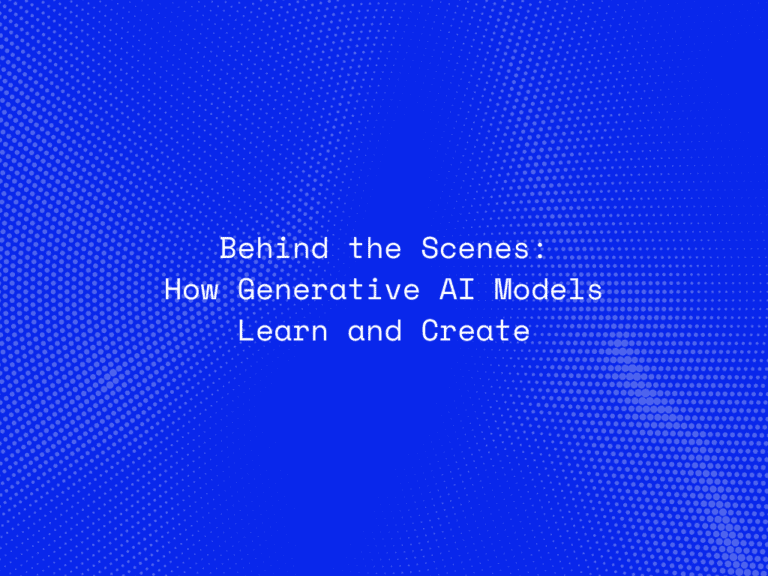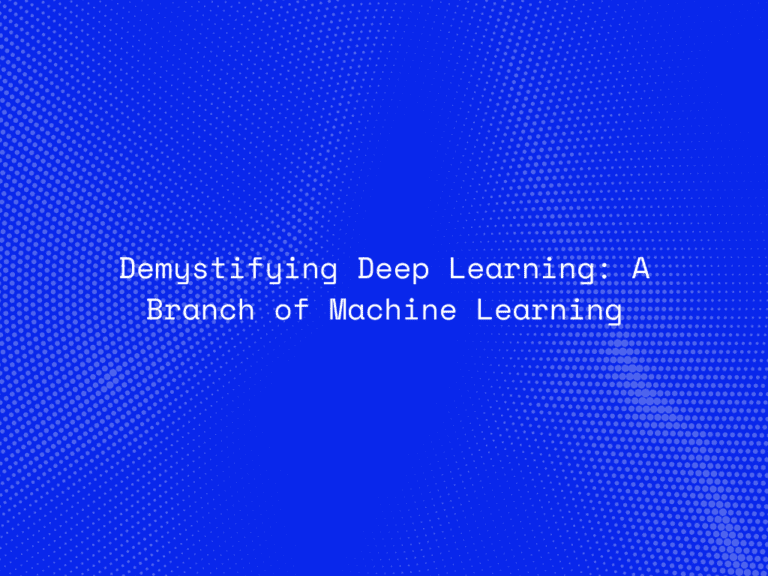Artificial Intelligence (AI) has emerged as a pivotal force driving breakthroughs in various disciplines, revolutionizing processes and unlocking unprecedented potential. Among its newest frontiers lie energy and materials science, where AI holds immense promise for addressing pressing environmental challenges while fostering sustainable growth. From renewable energy technologies to next-generation materials discovery, AI propels groundbreaking innovations that could profoundly impact humanity’s relationship with Earth’s finite resources. Join us as we embark on an exciting journey through AI’s new horizons in energy and materials, examining cutting-edge developments, benefits, challenges, and ethical considerations shaping this rapidly evolving landscape.
Accelerating Renewable Energy Adoption
Harnessing clean, abundant sources of renewable energy stands among society’s greatest imperatives today. Rapid technological advancement and plummeting costs make solar panels, wind turbines, batteries, and electric vehicles increasingly competitive alternatives to fossil fuels. Yet, optimal integration, operation, and management of these disparate systems require substantial improvements in forecasting, control, diagnostics, and decision-making. Enter AI, poised to accelerate renewable energy adoption through intelligent analytics, automation, and system design.
Machine Learning (ML)-driven weather prediction models enhance solar irradiance, temperature, humidity, and wind speed prognostications, ensuring accurate generation estimates and efficient grid dispatch. Advanced control algorithms optimize power output, minimize losses, balance load fluctuations, and maintain stability, thereby maximizing efficiency and reducing curtailment. Predictive maintenance routines identify incipient faults and degradation trends in components, allowing preventive interventions that extend operational lifespans and reduce downtime. Moreover, AI-enhanced resource allocation schemes streamline distribution network planning, investment, and expansion, boosting overall resiliency and adaptivity.


Discovering Next-Generation Materials
Several techniques exist for generating embeddings based on varying objectives and mathematical principles. Some popular approaches include:
Materials scientists face daunting challenges discovering, designing, and fabricating innovative materials meeting stringent sustainability criteria. Traditional trial-and-error experimental approaches prove costly, time-consuming, and environmentally damaging, prompting urgent demands for smarter, greener strategies. Fortunately, ML offers tantalizing prospects for expediting materials discovery, slashing development cycles, and minimizing waste production.
High-throughput computing simulations coupled with ML algorithms sift through vast chemical compound databases, pinpointing promising candidates endowed with desired physical, electronic, thermal, mechanical, optical, or magnetic properties. Active learning protocols iteratively expand these databases, guiding subsequent simulation campaigns toward unexplored regions predicted to harbor exotic phenomena and emergent behaviors. Reinforcement learning formulates synthetic routes and guides automated laboratories performing experiments, autonomously navigating complex, multifaceted landscapes encompassing composition, pressure, temperature, stoichiometry, morphology, topography, microstructure, defect chemistry, doping, functionalization, and surface treatment.
Navigating Ethical Considerations
While AI heralds extraordinary benefits for energy and materials sectors, careful consideration must accompany its rapid diffusion. Intellectual property rights, cybersecurity risks, job displacement anxieties, privacy concerns, and opaque decision-making loom large over nascent AI ecosystems. More importantly, equitable access to affordable, reliable, safe, and secure energy services remains paramount amid burgeoning digital divides separating haves from have-nots. Ensuring broad participation, transparent governance, rigorous oversight, and thoughtful stewardship becomes vital for avoiding undue harm, engendering trust, and fostering collective wellbeing.
Conclusion
AI’s new frontiers in energy and materials offer boundless possibilities for catalyzing positive change, enhancing efficiencies, promoting circular economies, and advancing scientific understanding. Embracing this brave new world entails embracing concurrent responsibilities accompanying transformative technologies. Let us tread cautiously yet confidently, guided by wisdom, compassion, and foresight, steering clear of pitfalls lurking beneath shiny veneers. Together, let us build a brighter tomorrow rooted in harmony, justice, and prosperity for all living beings sharing this precious planet called home.




